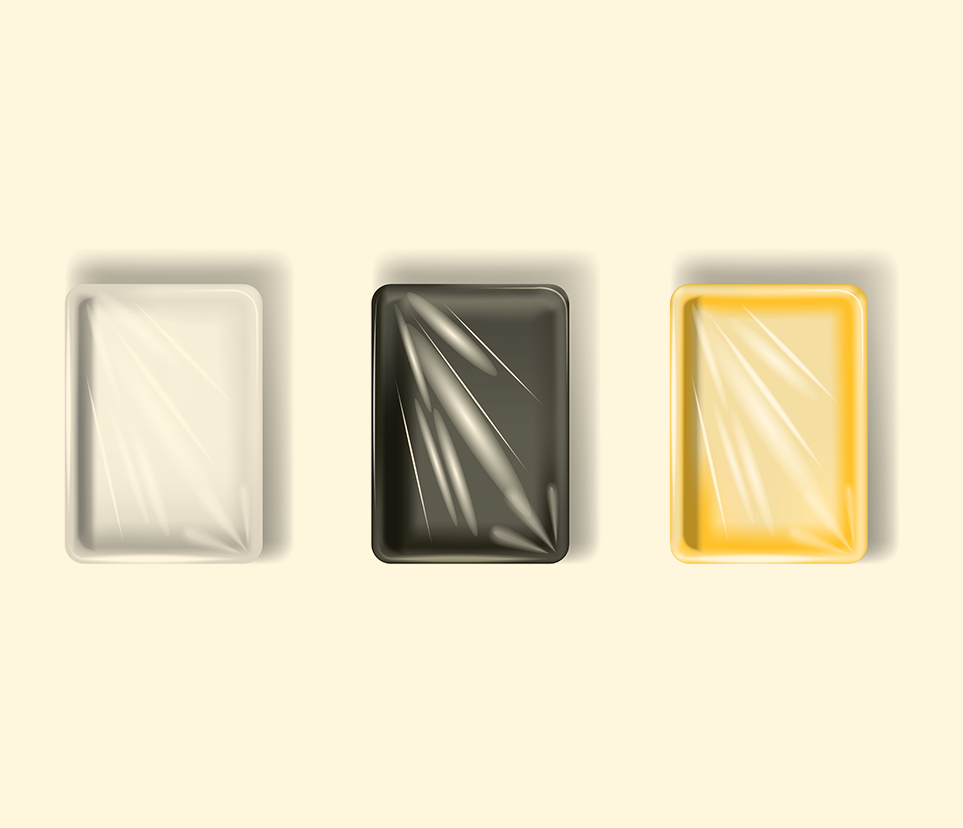
Coatings can provide functional properties that are important for the performance and durability of packaging. This helps to replace extra material layer and reduce packaging complexity. Coatings also help equip renewable materials like paper with functional properties; thereby allowing their use for a wider range of packaging applications.
Many coatings also help maintain, or in some cases improve, production efficiency during packing and printing. Some provide unique visual or touch effects which make the printed package stand out.
Inkofix manufactures a wide range of coatings for the paper packaging and converting industry which includes:

A UV coating (or more generally a radiation cured coating) is a surface treatment which protects the underlying material from radiation's harmful effects or helps cure it through radiation. They have become popular because they are considered environmentally friendly. They do not use solvents or produce Volatile Organic Compounds (VOCs) or Hazardous Air Pollutant (HAPs)
This is a surface treatment photochemical process in which high-intensity ultraviolet light is used to instantly cure or ‘dry’ inks, coatings or adhesives. UV formulations are liquid monomers and oligomers mixed with a small percent of photo initiators and then exposed to UV energy.
UV coatings create a finish that is more vivid, luxurious and tactile than non UV coatings.
In recent years, manufacturers have formulated ultraviolet curable coatings for applications outside of a factory or laboratory environment. Site applied UV Coatings are available in both 100% solid and water based formulations. They offer the advantage of quick return to service.

Solvent-based coating is made of liquefying agents that are meant to evaporate via a chemical reaction with oxygen. Typically, moving air surrounding a solvent-based coating will help to speed up the reaction, reducing drying times.
They are less susceptible than water based coatings to environmental conditions such as temperature and humidity during the curing phase.

In transfer coating it is necessary to find the right product according to the demands of the application. There are many options, a few are discussed below.

Extrusion coating is the coating of a molten web of synthetic resin onto a substrate material. It is a versatile coating technique used for the economic application of various plastics, notably polyethylene, onto paperboard, corrugated fiberboard, paper, aluminum foils, cellulose, and non- woven, or plastic films.

A high reflection or HR coating is a thin dielectric or metallic layer applied to a reflective optical system, like mirrors, which increases the reflectance of light from the surface while reducing transmission, absorption and scatter.

Primer is formulated to apply as undercoat or primer to improve the adhesion of ink on MET PET, MET BOPP & aluminium foil.

Heat Seal Coatings are solvent based that are used as adhesives to seal one substrate to another. The coating is typically applied to a flexible substrate or non-woven material, and allowed to dry.
Inkofix HS Coating is general purpose heat seal coating for sealing aluminium foil or paper to itself.